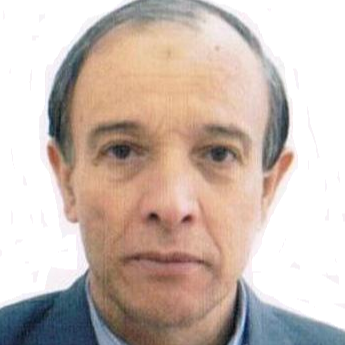
Ali Benafia
Work place: University of Batna, Algeria
E-mail: ali_bnfa@yahoo.fr
Website:
Research Interests: Computational Science and Engineering, Computational Engineering, Computer systems and computational processes, Artificial Intelligence, Computational Learning Theory, Computer Vision, Natural Language Processing, Image Processing
Biography
Ali Benafia:
Affiliation: University of Hadj Lakhdar (University Batna 1).
Address: 05 Avenue Chahid Boukhlouf, Batna (05000), Algeria.
Brief Biographical History: Ali Benafia got his Engineer degree from the University of Constantine; he also received his Masters and Ph. D. in computer science from the same university. Actually, he is a conference master in the University of Batna – Hadj Lakhdar University.
Main Works: His main interests are Knowledge Engineering, Artificial Intelligence, Vision and Image Processing , Machine learning , Multi-Media Intelligent Information Systems and Natural Language Processing.
Author Articles
Handwritten Character Recognition on Focused on the Segmentation of Character Prototypes in Small Strips
By Ali Benafia Smaine Mazouzi Benafia Sara
DOI: https://doi.org/10.5815/ijisa.2017.12.04, Pub. Date: 8 Dec. 2017
The automatic recognition of handwriting is a particularly complex operation. Until now, there is no algorithm able to recognize handwriting without that; there are assumptions to take in advance to facilitate the task of the process. A handwritten text can contain letters lowercase, uppercase letters, characters sticks and digits. Therefore, it is capital to know extract and separate all these different units in order to process them with specific algorithms to their class handwriting.
In this paper, we present a system for unconstrained handwritten text recognition, which allows to achieve this operation thanks to an intelligent segmentation based on an iterative cutting in a multi-script environment.
The results obtained from the experimental protocol reach an "equal error rate" (EER) neighboring to 6%. These calculations were calculated with a relatively small base; however this same rate can be decreased with great bases. Our results are extremely encouraging for the simple reason that our approach is situated in a more general context unlike other approaches which define several non-rigid assumptions; this clearly makes the problem simpler and may make it trivial.
Other Articles
Subscribe to receive issue release notifications and newsletters from MECS Press journals